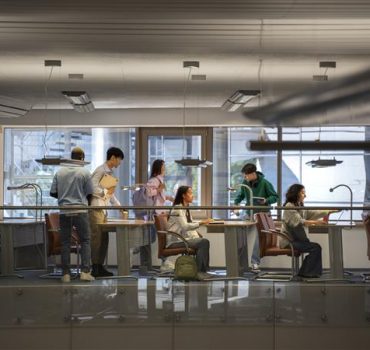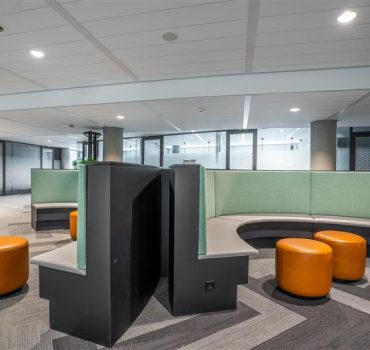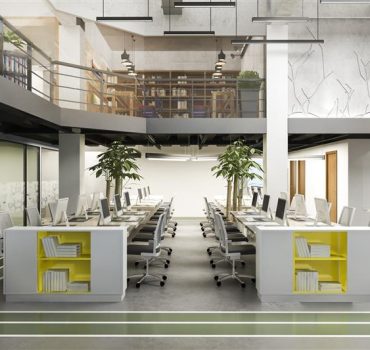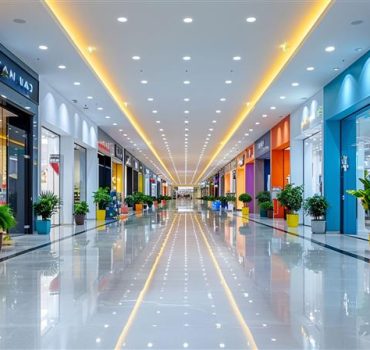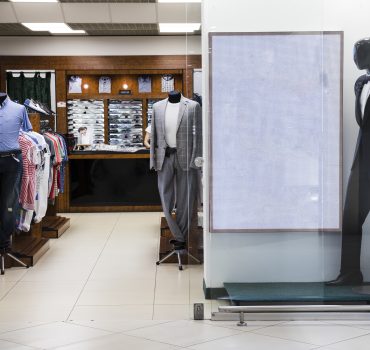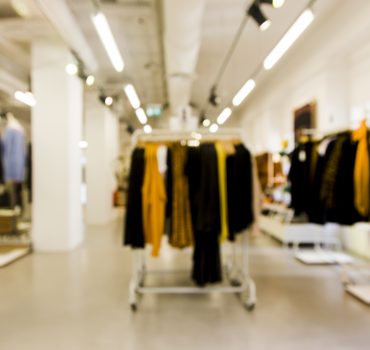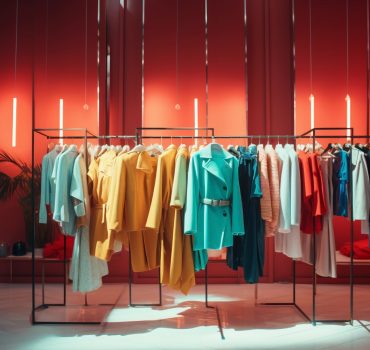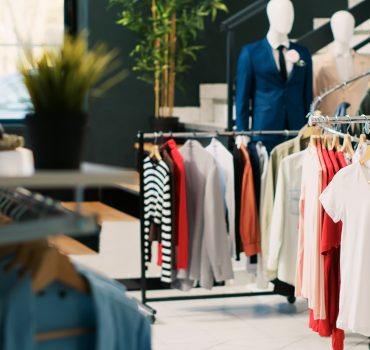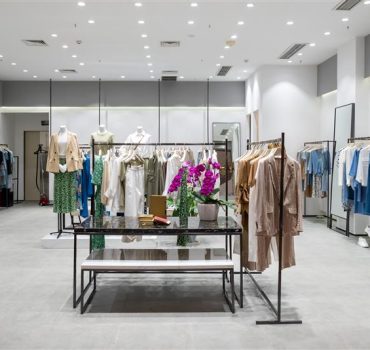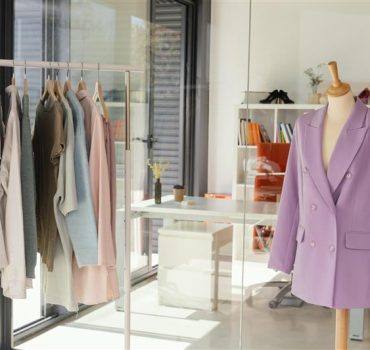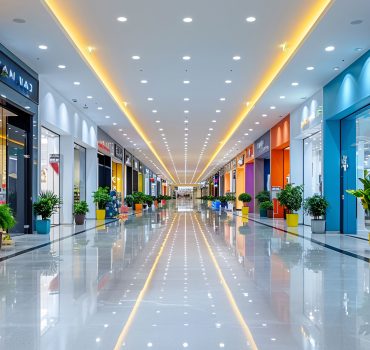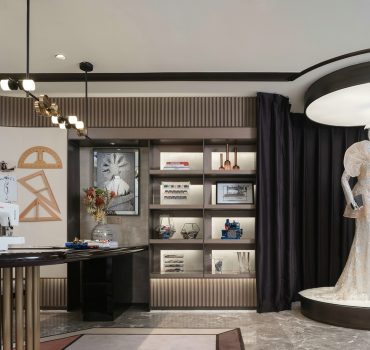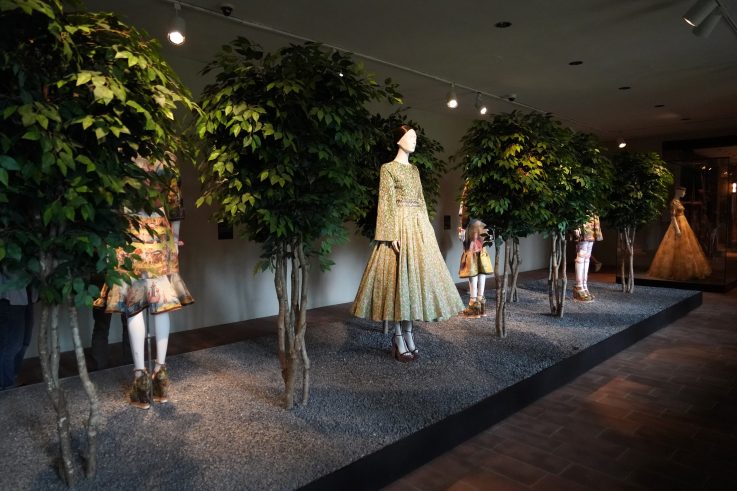
Synopsis
In the competitive world of retail, first impressions are everything. Retail shop interior design plays a crucial role in capturing customer attention, enhancing brand identity, and influencing purchase decisions. This blog explores how boutique interior decoration and storefront interior design can create immersive shopping experiences that drive footfall and sales. From optimising clothes shop interior layouts to adding personality to apparel shop interior design, we explore strategies that balance visual merchandising with operational ease. We also highlight the importance of partnering with a retail interior designer who understands your space, audience, and brand. Whether it’s a chic dress shop interior design or a curated boutique interior design, our guide reveals how to turn retail environments into destinations worth visiting.
Table of Contents
ToggleThe Psychology Behind Retail Interior Design
Retail spaces influence customer perception in the first few seconds. Smart retail shop interior design uses lighting, layout, and scent to guide behaviour, improve dwell time, and encourage purchasing through an intentional spatial experience.
How Storefront Design Influences Footfall
A compelling storefront interior design acts as a silent salesperson, grabbing attention and inviting exploration. It establishes tone, showcases featured collections, and visually signals brand quality to passers-by, making every window count.
Boutique Interior Decoration that Tells Your Brand Story
Effective boutique interior decoration uses colour, display techniques, and materials to build an emotional connection with shoppers. From handcrafted shelves to curated focal walls, every element must reflect your aesthetic and clientele.
Apparel Shop Interior Design for Function and Flow
Apparel shop interior design must blend visual appeal with navigation ease. Zoning by category, clear paths, and fitting room positioning allow smooth circulation while keeping products in the shopper’s line of sight.
Retail Interior Design Strategies for Clothing Stores
Whether it’s a luxury dress shop interior design or a fast-fashion outlet, spatial planning, lighting accents, and modular displays create an inviting atmosphere. Smart use of vertical space and lighting boosts display impact and customer engagement.
Working with a Retail Interior Designer
A skilled retail interior designer interprets your goals into a commercial space that works. They understand customer psychology, brand cues, and operational requirements, delivering solutions that increase sales and brand equity.
Design5’s Expertise in Retail Spaces
Design5’s team excels in translating brand language into retail shop interior design that captivates. From boutique interior decoration to large-format store layouts, we blend aesthetics, functionality, and innovation to elevate the in-store journey.
Why Retail Brands Choose Design5
With experience across fashion, lifestyle, and decor brands, Design5 delivers storefront interior design and in-shop solutions that boost visual merchandising and optimise flow. Our designs attract, engage, and retain your customers.
FAQs
Why is retail interior design important for brand identity?
Retail interiors visually represent a brand’s values. Consistent themes, colours, and layouts create a memorable brand experience and influence consumer loyalty. The right design sets tone, tells your story, and differentiates you in crowded markets.
How does boutique interior decoration improve customer experience?
Boutique design personalises the shopping journey through curated aesthetics and tactile materials. Comfortable fittings, thoughtful lighting, and engaging displays encourage exploration and increase time spent in-store.
What are key elements in apparel shop interior design?
Apparel shops must ensure good visibility, comfortable movement, and focal areas for seasonal promotions. Strategic lighting, organised zoning, and accessible trial rooms play a critical role in conversion rates.
How does a storefront interior design impact footfall?
A striking storefront draws attention and increases footfall by visually communicating brand identity and promotions. It sets expectations and invites customers to step in and explore.
What qualities should I look for in a retail interior designer?
Look for a designer with retail-specific experience, spatial awareness, and an understanding of visual merchandising. They should align your business goals with customer engagement and aesthetic appeal.
Recent Post
- Office Interior Design & Commercial Interiors: Building Spaces That Boost Business
- Office Interior Design & Commercial Interior Solutions: Creating Spaces That Boost Productivity and Image
- Office Interior Design & Corporate Interiors: Crafting Productive Workspaces with Style
- Retail Store Interior Design & Shop Layouts: Creating Immersive Shopping Experiences
- Corporate Interior Design & Office Layouts: Transforming Business Spaces into Brand Experiences

